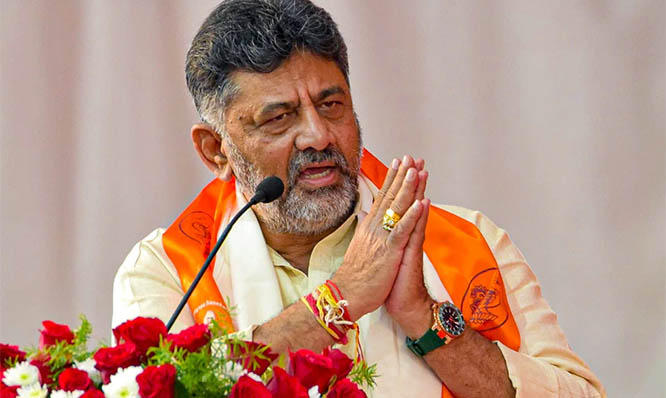Bengaluru, Mar 7: The Karnataka High Court has quashed a private complaint and cognisance of offences taken by a trial court in 2013 against the Airports Authority of India (AAI), the Air India Ltd. (AI) and its executives on the Air India Express 812 plane crash incident outside Mangaluru airport on May 22, 2010, in which 158 persons on board were killed.
The judicial magistrate first class, on February 19, 2013, had taken cognisance for offences like culpable homicide not amounting to murder, causing death by negligence under Indian Penal Code against AAI, AI and their executives based on the private complaint lodged on March 6, 2012, by Mangaluru-based 812 Foundation.
Justice Ashok G. Nijagannavar passed the order while allowing the petitions filed in 2013 by AAI and its executive Ansbert D’Souza, and AI and its executive Peter Abraham, who had questioned the legality cognisance taken by the magistrate court merely on the basis of “deemed sanction” for their prosecution.
The High Court has held that trial court had failed to consider that the charge sheet, filed by the jurisdictional police on the air crash incident, was closed by the trial court on February 13, 2012, as the two pilots of the aircraft, who were the only two named as accused, had also died in the crash.
Besides, the magistrate did not consider the report of the Court of Inquiry, conducted as per the law into the air crash, which had specifically pointed out that the crash occurred due to failure of the pilot, the High Court said, while pointing out the trial court, before taking cognisance of offence against the petitioners, had also failed to take into consider that petitioners were not named either in the charge sheet or in the report of the Court of Inquiry.
The High Court said the magistrate was not correct in holding that there exist “deemed sanction” for their prosecution as authorities did not decide complainant’s plea for grant of sanction within a specific period. The High Court said there is no concept of “deemed sanction” in law as the period of three to four months suggested by the apex court under Prevention of Corruption and such a suggestion has not been translated into a law by the Central government.






Comments
Add new comment